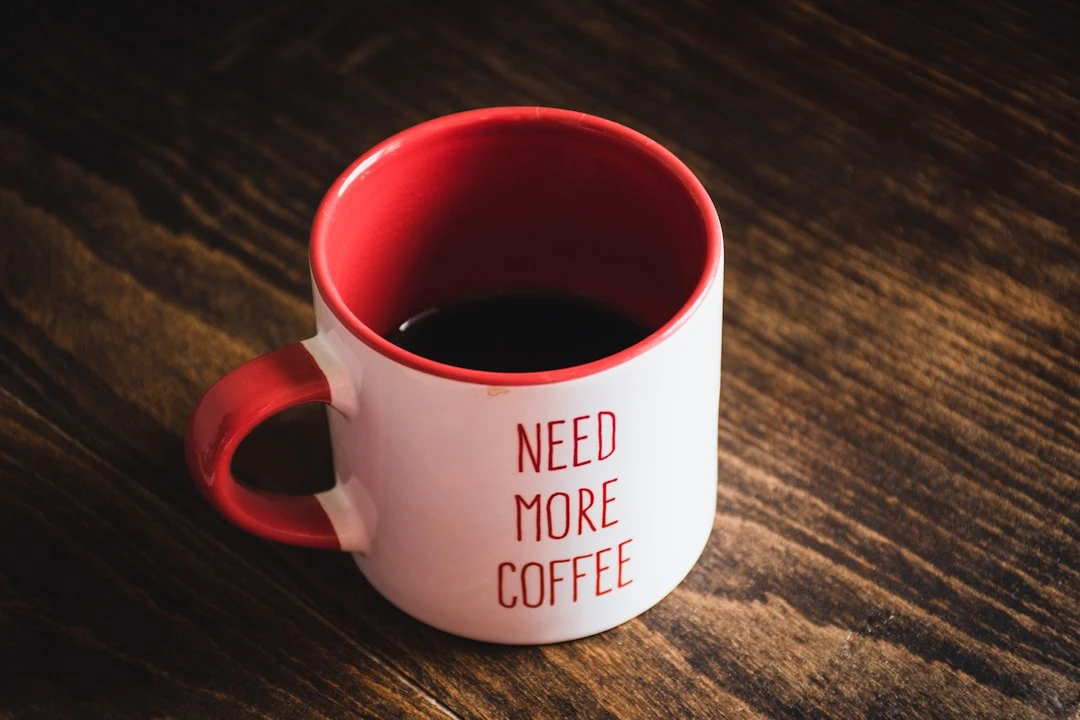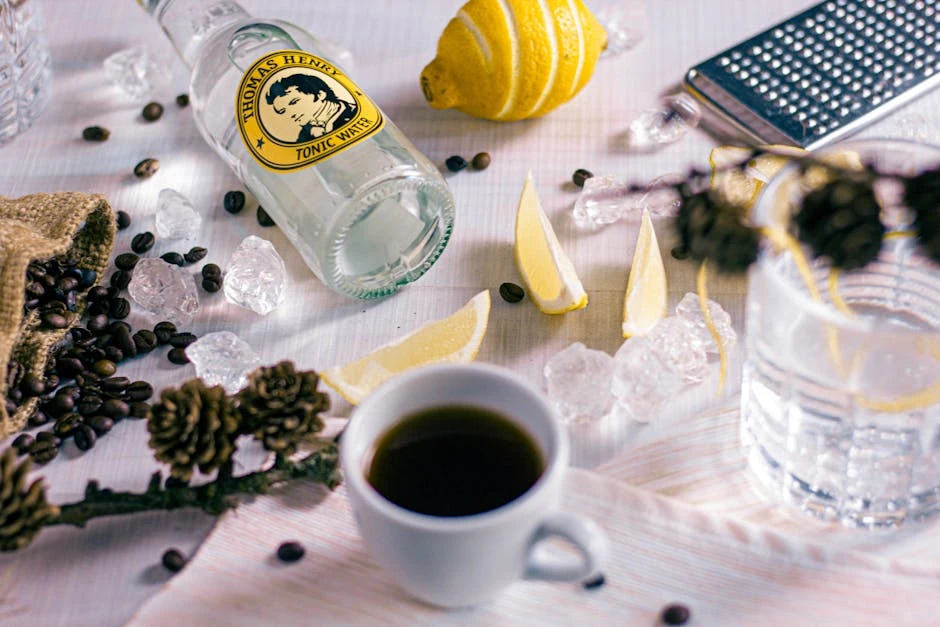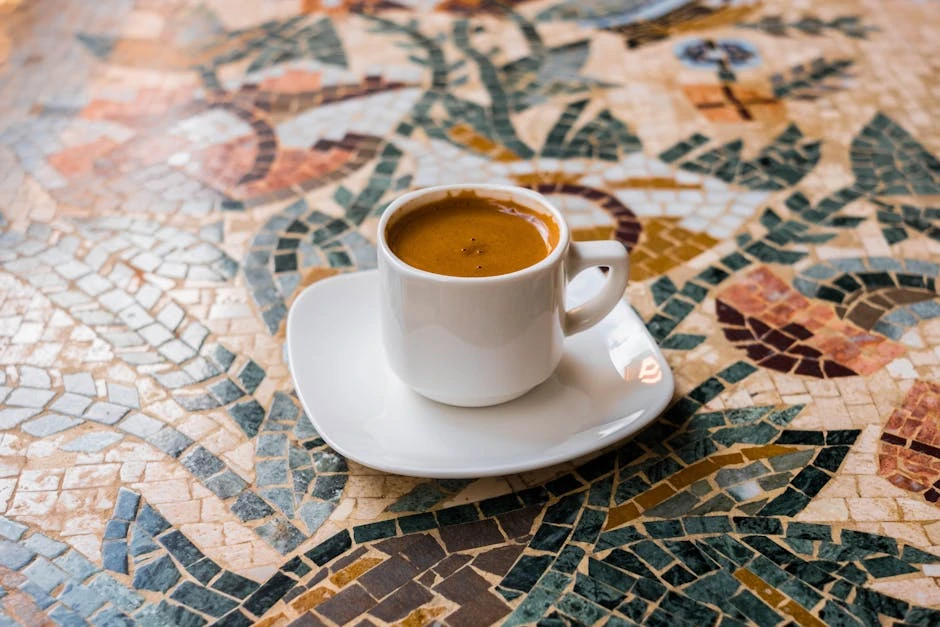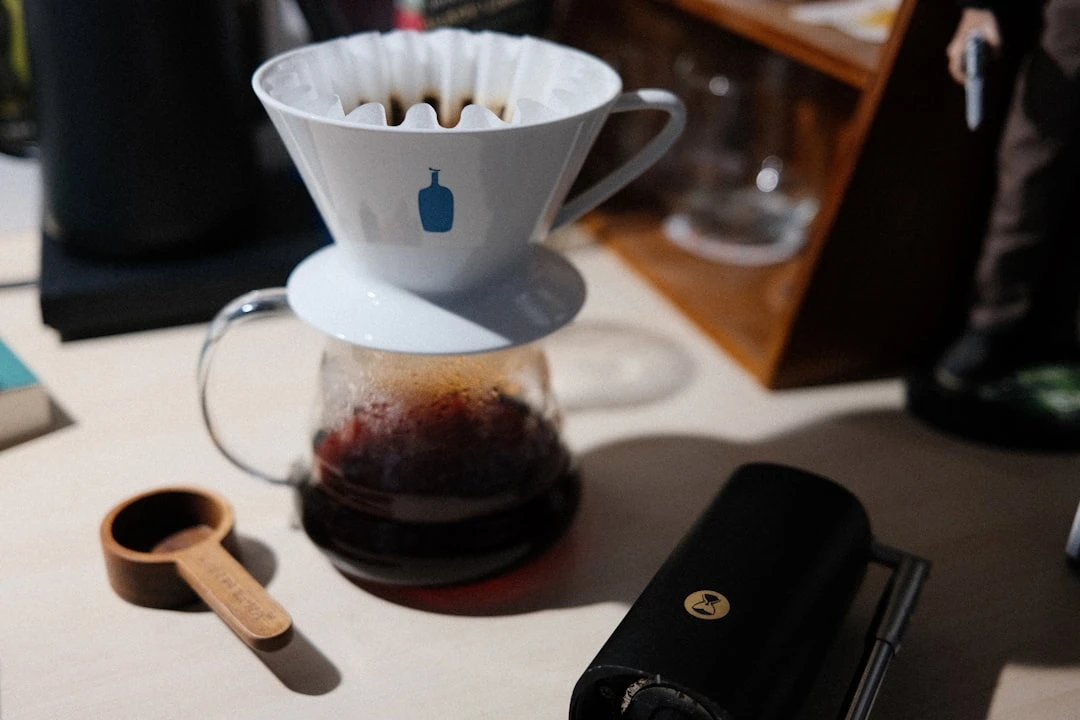Coffee Water Temperature Guide: The Science Behind Perfect Extraction
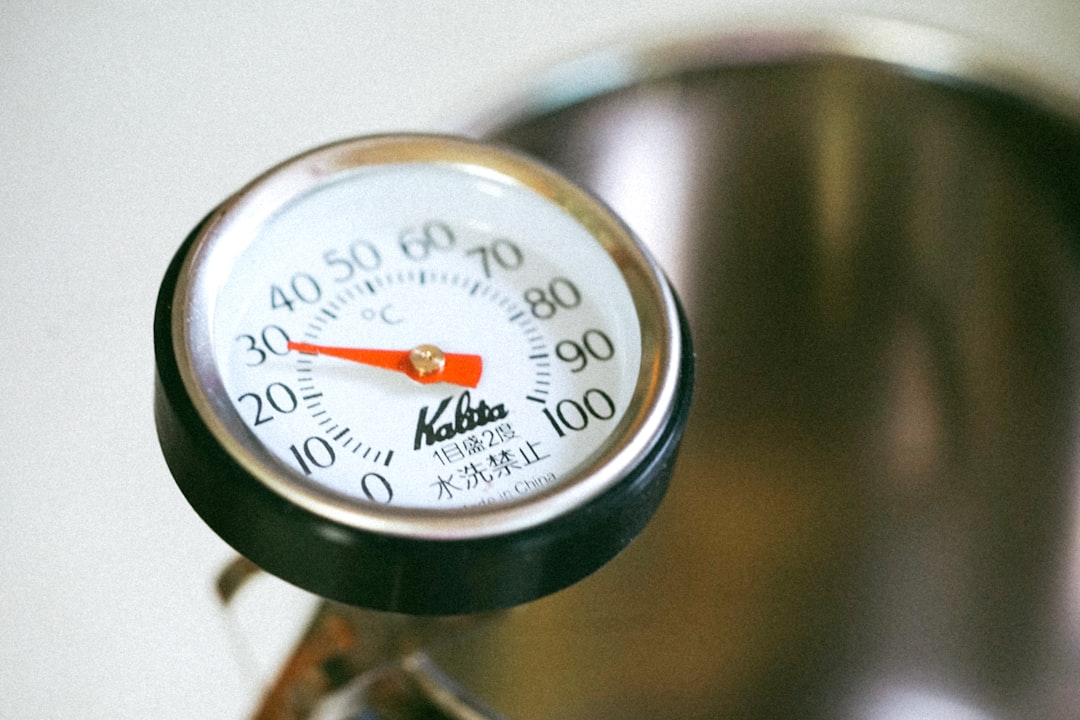
Did you know that brewing your coffee just 10 degrees too hot can extract bitter compounds that completely ruin your morning cup? I learned this the hard way after years of wondering why my expensive specialty beans tasted like burnt rubber!
Water temperature isn't just some random number baristas throw around – it's actually the most critical variable in coffee extraction chemistry. When you understand the science behind optimal brewing temperatures, you'll finally unlock those complex flavors hiding in your beans. Whether you're using a French press, pour-over, or espresso machine, getting your water temperature right can transform mediocre coffee into something extraordinary.
In this guide, I'll break down everything you need to know about coffee water temperature, from the chemistry of extraction to practical brewing tips that actually work.
The Science of Coffee Water Temperature and Extraction
I used to think water temperature was just another fancy coffee snob thing until I accidentally brewed two identical cups with different water temps. The difference was mind-blowing!
Here's what's actually happening in your cup: coffee beans contain over 800 different chemical compounds, and heat is the key that unlocks them. When hot water hits your grounds, it starts dissolving these compounds at different rates. Think of it like a chemical treasure hunt where temperature is your map.
The science gets pretty fascinating once you dig in. Water molecules move faster when they're heated, which means they can penetrate coffee particles more effectively and pull out those flavor compounds we're after. But here's the kicker – not all compounds dissolve at the same rate or temperature.
Acids extract first and fastest, even at lower temperatures around 175-185°F. These give coffee its bright, tangy notes that wake up your palate. Sugars need a bit more heat to get going, typically extracting well around 190-200°F. They're responsible for that sweet balance that makes good coffee addictive.
The troublemakers are the bitter compounds – tannins, quinides, and other astringent molecules that make coffee taste like burnt tire rubber. These guys love high heat and will flood your cup if you use boiling water. That's why professional baristas never use water straight from a rolling boil.
I learned this lesson during my early home brewing days when I'd just pour boiling water over my grounds thinking "hotter must be better." Wrong! My expensive Colombian beans tasted harsh and bitter every single time. Once I started cooling the water to around 200°F, suddenly I could taste chocolate and caramel notes I never knew existed.
The extraction window concept changed everything for me. There's this sweet spot between 195-205°F where you get maximum flavor extraction without pulling out too many bitter compounds. Stay in this zone, and you'll extract about 18-22% of the coffee's solubles – the golden ratio for balanced flavor.
Temperature also affects extraction speed. Hotter water extracts faster, which sounds good until you realize that uneven extraction creates muddy, harsh flavors. Cooler water takes longer but gives you more control over which compounds end up in your cup.
Optimal Water Temperature Ranges for Different Brewing Methods
Every brewing method has its own personality, and they all want different water temperatures. I found this out the hard way by using the same 200°F water for everything and wondering why my espresso tasted burnt while my French press was weak.
French Press works best at 195-205°F because of the long steeping time. I typically aim for 200°F and let it sit for 4 minutes. The full immersion brewing means your grounds have plenty of time to extract, so you don't need scorching hot water. Plus, the metal filter lets oils through, and moderate temperatures keep these oils from going rancid or overpowering.
My biggest French press mistake was using boiling water thinking it would make stronger coffee. Instead, I got this bitter, astringent mess that made me wince with every sip. Once I dialed back to 200°F, suddenly I could taste the nutty, chocolatey notes that made me fall in love with coffee in the first place.
Pour-over methods like V60 or Chemex love slightly hotter water at 200-205°F. The shorter contact time means you need that extra heat to pull out enough flavor compounds. I usually go with 202°F for light roasts and 198°F for darker ones.
Here's something most guides don't tell you: paper filters actually cool your water as it passes through. I measured this once with a thermometer and found my water dropped about 8-10 degrees from kettle to cup. That's why starting slightly hotter is crucial for pour-overs.
Espresso is the weird one. Despite what you might think, it wants cooler water around 190-196°F. The 9 bars of pressure compensate for the lower temperature by forcing water through the grounds more aggressively. Higher temps with that much pressure will over-extract and create harsh, bitter shots.
I spent months pulling terrible espresso shots because I thought the machine's default 204°F setting was gospel. Once I dropped it to 193°F, my shots transformed from bitter sludge to smooth, sweet perfection with proper crema.
Cold brew is fascinating because it proves temperature isn't everything. Room temperature water (around 70°F) extracts coffee compounds over 12-24 hours. You lose some bright acids but avoid most bitter compounds, creating smooth, concentrated coffee that's perfect for hot summer days.
Aeropress needs cooler water at 175-185°F because of the pressure and short brew time. The combination of heat, pressure, and agitation extracts flavors quickly, so lower temperatures prevent over-extraction. I've had amazing results at 180°F with a 1:30 brew time.
How Temperature Affects Coffee Flavor Compounds
Understanding which flavors come out at different temperatures was like getting a cheat code for better coffee. Once I wrapped my head around this, I stopped brewing blind and started brewing with purpose.
Acids are the early birds – they extract first, even at relatively low temperatures around 175-185°F. These compounds give coffee its brightness and complexity. Think citrus, berries, wine-like notes that make specialty coffee interesting. When I taste-tested Ethiopian beans at different temps, the 180°F brew was all bright fruit and acidity, almost tea-like.
The cool thing about acids is they're water-soluble and eager to dissolve. That's why cold brew still has some acidity despite the low temperature – it just takes longer to pull them out. But here's the catch: if your water's too cool, you'll only get acids and miss everything else, leaving you with sour, one-dimensional coffee.
Sugars need more convincing – they typically dissolve well around 190-200°F. These are the compounds that give coffee its sweetness and body. We're talking about natural fruit sugars, caramelized sugars from roasting, and complex carbohydrates that add mouthfeel.
I noticed this most clearly when I started brewing at different temperatures with my Colombian beans. At 185°F, the coffee was bright but thin. Bump it up to 195°F, and suddenly there's this beautiful caramel sweetness that balances the acidity perfectly. The coffee went from interesting to irresistible.
Bitter compounds are the bullies of the coffee world. Tannins, quinides, and chlorogenic acid breakdown products love high heat and will dominate your cup if you let them. They start extracting aggressively around 205°F and go crazy at boiling temperatures.
This is where most people mess up their coffee. I used to think bitter meant strong, so I'd crank up the heat thinking I was making "real" coffee. What I was actually doing was extracting harsh compounds that masked all the good flavors I'd paid for.
Oils and aromatics are temperature-sensitive in a different way. These volatile compounds create coffee's aroma and contribute to flavor perception. They're delicate and can be destroyed by excessive heat or enhanced by optimal temperatures.
Here's something interesting I discovered: the same bean can taste completely different at various temperatures. At 185°F, my medium roast Brazilian beans were bright and fruity. At 200°F, they became chocolatey and nutty. At 210°F, they turned bitter and harsh.
The key is finding that temperature sweet spot where you extract enough acids for brightness, enough sugars for balance, and avoid too many bitter compounds. For most coffees, this happens between 195-205°F, but your specific beans might prefer slightly different temps.
Common Water Temperature Mistakes and How to Fix Them
I've made every possible water temperature mistake in the book, and honestly, some of them took me way too long to figure out. Let me save you from the same frustrations I went through.
The biggest mistake is using boiling water straight from the kettle. I did this for years because I thought hotter was better. Wrong! Boiling water at 212°F extracts bitter compounds so aggressively that it ruins even the best beans. My expensive Jamaican Blue Mountain tasted like burnt cardboard until I learned to let the water cool.
The fix is simple but requires patience. After your water boils, let it sit for 30-45 seconds to cool to around 200-205°F. Or better yet, use a thermometer and take the guesswork out completely. I bought a cheap digital thermometer for $15 and it transformed my coffee game overnight.
Under-heated water is almost as bad as boiling water. When I got obsessed with avoiding bitter flavors, I swung too far in the other direction and started using 170-175°F water. The result? Sour, weak coffee that tasted like flavored water. You need adequate heat to extract the sugars and body that make coffee satisfying.
If your coffee tastes sour or weak, your water's probably too cool. Bump it up 5-10 degrees and see if that fixes the problem. Most of the time, it does.
Temperature inconsistency drives me crazy because it makes troubleshooting impossible. I used to pour water from different heights, use different sized cups, and wonder why my coffee tasted different every day. Turns out, all these variables affect final water temperature.
The solution is creating a consistent routine. Same kettle, same pouring technique, same timing. I now heat water to 205°F, wait exactly 30 seconds, then start brewing. My coffee tastes consistent every single morning.
Heat loss during brewing is sneaky and most people don't even realize it's happening. Your ceramic mug, cold brewing equipment, and even room temperature all steal heat from your water. I measured this once and found that my water temperature dropped 15-20 degrees from start to finish in a pour-over.
Pre-warming your equipment helps massively. I now rinse my V60 and mug with hot water before brewing. It only takes 30 seconds but keeps my brewing temperature stable throughout the process.
Equipment-specific challenges caught me off guard when I upgraded my gear. My old kettle took forever to heat and never got water hot enough. My new electric kettle was so powerful it overshot and boiled before I could stop it.
Every piece of equipment behaves differently. Stovetop kettles heat gradually and give you control. Electric kettles heat fast but can overshoot. Variable temperature kettles are amazing but expensive. Figure out your equipment's quirks and adjust accordingly.
Tools and Techniques for Perfect Water Temperature Control
Getting serious about water temperature means investing in the right tools, but you don't need to break the bank. I've tried everything from expensive gadgets to DIY hacks, and I'll tell you what actually works.
Digital thermometers are absolute game-changers and should be your first purchase. I started with a $12 instant-read thermometer from the kitchen store, and it worked perfectly for two years. The key features you need are fast readings (under 3 seconds) and accuracy within 1-2 degrees.
My current thermometer is a Thermapen, which costs more but reads in under a second. The speed matters when you're trying to catch water at the perfect temperature. Slower thermometers mean you're always chasing the temperature as it cools.
Here's a pro tip I learned from a barista friend: calibrate your thermometer monthly using ice water (32°F) and boiling water (212°F at sea level). Most cheap thermometers drift over time, and a 5-degree error ruins everything you're trying to achieve.
Variable temperature kettles are worth every penny if you brew coffee daily. I resisted buying one for months thinking it was overkill, but now I can't imagine brewing without it. Being able to set exactly 200°F and walk away is incredibly convenient.
The Bonavita and Fellow kettles are popular choices, but honestly, any variable temp kettle beats guessing with a regular kettle. Look for models that hold temperature – some cheap ones heat to your target temp then immediately start cooling.
Temperature-controlled brewing systems like the Breville Precision Brewer take the guesswork out completely. These machines heat water to your exact specification and maintain it throughout brewing. They're expensive but perfect if you want consistent results without thinking about it.
For manual temperature estimation, I use the "listen and wait" method when I don't have a thermometer handy. Water makes different sounds as it heats. Small bubbles form around 180-190°F, larger bubbles at 190-200°F, and rolling boils at 212°F. After boiling, wait 45 seconds for pour-over or 60 seconds for French press.
Another manual trick is the "finger test" – carefully dip your finger near (not in!) the water surface. If you can hold it there comfortably for 2-3 seconds, it's probably around 140-160°F (too cool). If you can't get close at all, it's boiling. If there's slight discomfort after 2 seconds, you're likely in the 180-200°F range.
Maintaining consistent heat throughout brewing requires preheating your equipment. I learned this from watching Japanese pour-over masters who rinse everything with hot water first. Your cold ceramic dripper will suck 10-15 degrees out of your carefully heated water if you don't pre-warm it.
For French press, I pour a small amount of hot water into the carafe, swirl it around, then dump it out before adding grounds. Same principle applies to espresso – run blank shots to heat up the group head and portafilter.
Advanced Temperature Techniques for Coffee Enthusiasts
Once you've mastered basic temperature control, there's a whole world of advanced techniques that can take your coffee to the next level. These methods require more attention but the results are worth it for serious coffee lovers.
Temperature profiling for different roast levels was a revelation when I started experimenting with single-origin beans. Light roasts are dense and stubborn – they need hotter water (200-205°F) to break down the cell structure and extract flavors. Dark roasts are more porous and extract easily, so cooler water (190-198°F) prevents over-extraction of bitter compounds.
I learned this while comparing the same Ethiopian bean at light and dark roast levels. The light roast at 195°F tasted thin and sour, but at 203°F it exploded with floral and citrus notes. The dark roast was perfect at 195°F but became harsh and bitter at 203°F.
Stepped temperature brewing is a technique I picked up from Japanese coffee masters. You start with slightly cooler water for the bloom (around 185-190°F) to gently wet the grounds, then increase to your target temperature (200-205°F) for the main extraction. This prevents shock to the coffee particles and creates more even extraction.
My stepped temperature pour-over routine: bloom with 190°F water for 30 seconds, then continue with 202°F water for the rest of the brew. The difference is subtle but noticeable – smoother, more balanced flavors with less harshness.
Pre-infusion temperature considerations matter more than most people realize. Whether you're using an espresso machine or doing manual pre-infusion, slightly cooler water (5-10 degrees below your main brewing temp) during the initial wetting phase helps prevent channeling and promotes even saturation.
For espresso, I set my machine to 192°F for pre-infusion and 195°F for extraction. The gradual temperature increase creates smoother, sweeter shots with better crema stability.
Altitude adjustments became crucial when I moved to Denver. Water boils at lower temperatures at high altitude, so your "boiling" water might only be 200°F instead of 212°F. I had to recalibrate all my temperature references and generally brew 3-5 degrees hotter than I did at sea level.
If you're above 3,000 feet elevation, add 2-3 degrees to your normal brewing temperatures. Above 5,000 feet, add 5-7 degrees. Your coffee will thank you for the adjustment.
Seasonal temperature modifications might sound obsessive, but they make a difference. In winter, my kitchen is colder, so equipment loses heat faster. I brew 2-3 degrees hotter to compensate. In summer, everything stays warmer longer, so I can use slightly lower temperatures.
I also adjust based on humidity. Dry winter air seems to make coffee taste more astringent, so I drop temperatures 1-2 degrees. Humid summer air makes flavors seem muted, so I increase temperatures slightly to boost extraction.
The key with all these advanced techniques is keeping detailed notes. I track water temperature, grind size, brew time, and tasting notes for every cup. Patterns emerge over time, and you start to see how small temperature changes affect flavor in predictable ways.
Conclusion
Getting your coffee water temperature right isn't rocket science, but it does require understanding the chemistry behind extraction. The sweet spot between 195-205°F isn't arbitrary – it's where coffee's best flavors come alive while avoiding the harsh, bitter compounds that ruin your cup.
Remember, your specific optimal temperature might vary slightly based on your beans, grind size, and personal taste preferences. Start with these guidelines, then experiment to find what works best for your setup. Don't be afraid to adjust based on what you're tasting!
The investment in a good thermometer or temperature-controlled kettle pays for itself in better-tasting coffee every single morning. Trust me, once you dial in your water temperature, you'll wonder how you ever brewed coffee without paying attention to this crucial variable.
Related Articles
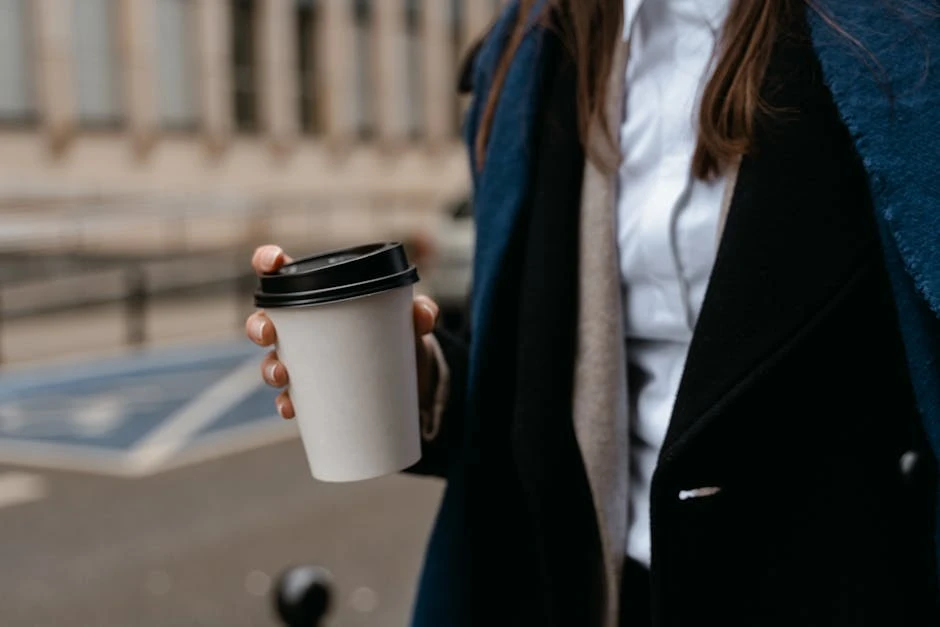
How Many Espresso Shots in a Day is Safe For Health?
Read More →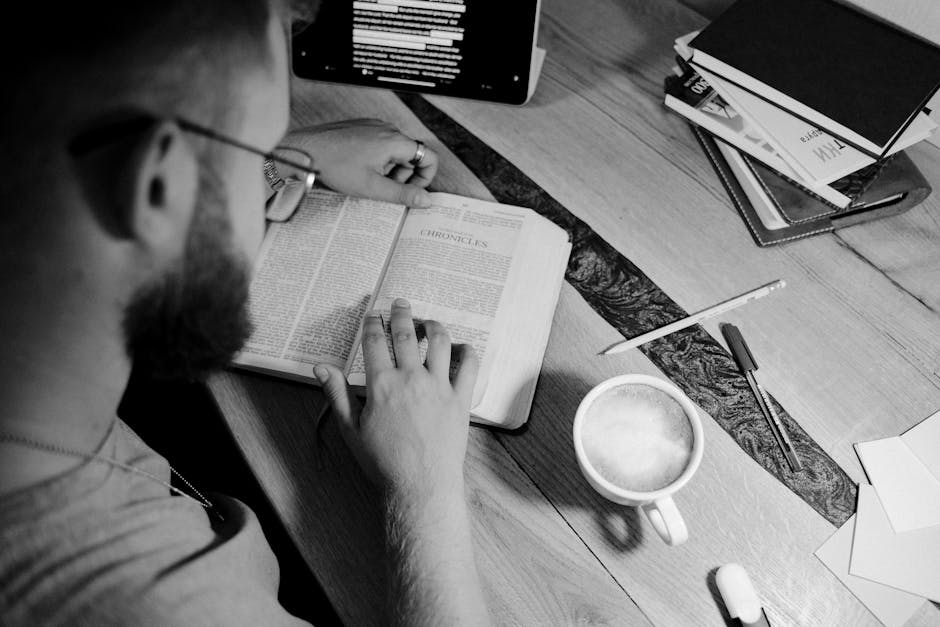
How Long Does Coffee Keep You Awake?
Read More →